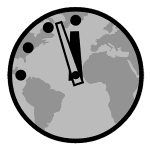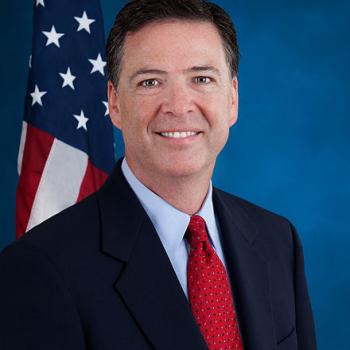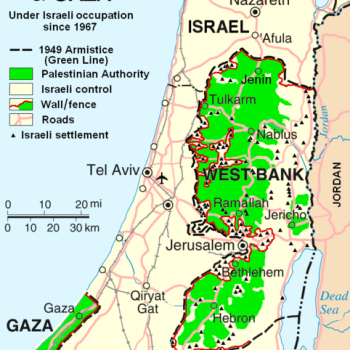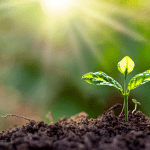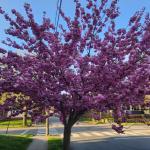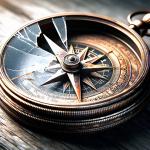In 1941, a very militaristic Japan unjustly and unmercifully attacked the U.S. at Pearl Harbor, Hawaii. They did it submarines firing explosives and airplanes dropping bombs. About 2,800 Americans, nearly all in the military, were killed. Until then, the U.S. had refused to join WWII in Europe. But this attack caused it to enter the war.
In 1945, the U.S. became the first nation to develop and manufacture the first atomic bomb. To end the war with Japan, in August, 1945, the U.S. dropped two atomic bombs on Japan, on the cities of Hiroshima and Nagasaki. The war soon ended. These two cities suffered over a 100,000 casualties from these bombs and many more were injured who died later. Radiation from the two bombs resulted in many of these deaths.
Japan is a small country. Yet not long ago, it was second only to the U.S. as an economic power in the world. The U.S. had made this happen with its Marshall Plan instituted after WWII. The U.S. and Japan gradually became allies and remain so today. That is quite a testament to the power of forgiveness resulting in reconciliation.
So, the Japanese people have been the most opposed people to nuclear weapons. They don’t have them, and they don’t even have a military. That was part of the peace plan following WWII, that Japan not have a military and the U.S. would protect it. Yet the Japanese people have not been adverse to the production of nuclear energy despite its risks to human health due to a possible meltdown of the nuclear rods if something goes wrong at nuclear power stations.
Japan presently has 54 nuclear power plants. But all of them were shutdown following the accident that occurred on March 11, 2011, at the Fukushima Daiichi nuclear power plant in Northeast Japan located on the Pacific Ocean. It was caused by an earthquake and subsequent tsunami. It has been the world’s worst nuclear disaster since the 1986 Soviet disaster at a large nuclear power station in Chernobyl, Ukraine.
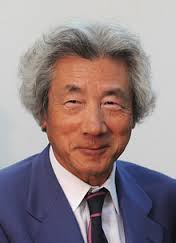 Junichiro Koisumi was a beloved prime minister of Japan in 2001 through 2006. At that time, he was a political conservative who favored Japan’s continuing pursuit of nuclear energy. But the Fukushima nuclear accident changed his mind. He then became a strong advocate for Japan to abandon all nuclear power generation and turn to the creation of renewable energy from especially solar power and wind power. Koisumi publicly opposes current Japanese Prime Minister Shinzo Abe–his successor whom he groomed–in his pursuit of reopening Japan’s many nuclear power plants.
Junichiro Koisumi was a beloved prime minister of Japan in 2001 through 2006. At that time, he was a political conservative who favored Japan’s continuing pursuit of nuclear energy. But the Fukushima nuclear accident changed his mind. He then became a strong advocate for Japan to abandon all nuclear power generation and turn to the creation of renewable energy from especially solar power and wind power. Koisumi publicly opposes current Japanese Prime Minister Shinzo Abe–his successor whom he groomed–in his pursuit of reopening Japan’s many nuclear power plants.
I think former Prime Minister Junichiro Koisumi in his campaign against nuclear power generation is on the side of the future. There is too much risk to it. Advocates claim otherwise. But the main problem, which they often ignore, is the mounting nuclear waste caused by nuclear power generation. In the U.S., we have a terrible problem about that. Our government’s intention has been to bury most of it in the Yucca Mountain Nuclear Waste Repository in Nevada. But the federal government never asked citizens of Nevada and neighboring states what they thought about that. Eventually, Nevada’s state government, largely led by its U.S. Senator Harry Reed, opposed this solution. They said, as I think most people in other states would say, “not in our backyard.” That is the main problem with nuclear power generation, and there is no way to solve it. No one wants to live near nuclear waste.
The only nuclear waste repository the U.S. has ever had has been the Waste Isolation Pilot Plant. Opened in 1999, it is located twenty miles southwest of Carlsbad, New Mexico. It exists over 2,000 feet underground in salt beds. Although it has only been used for low-level radioactive waste, it was shut down in 2014 when nuclear waste was discovered leaking from drums. It was caused by improperly packaging the waste. The plant has just been reopened. Senator Tom Udall is calling for better safety measures.
I live in Arizona, right between Nevada and New Mexico.


